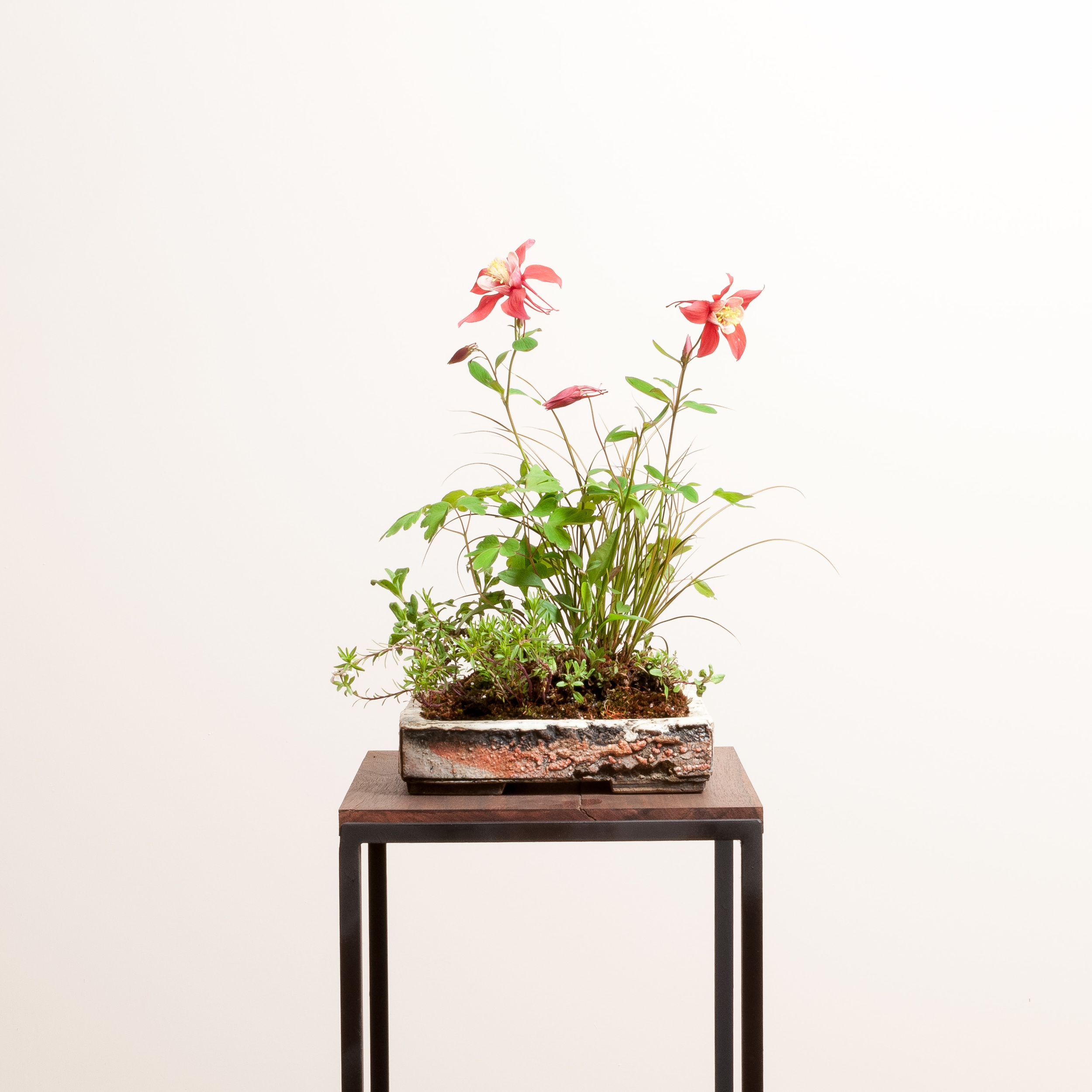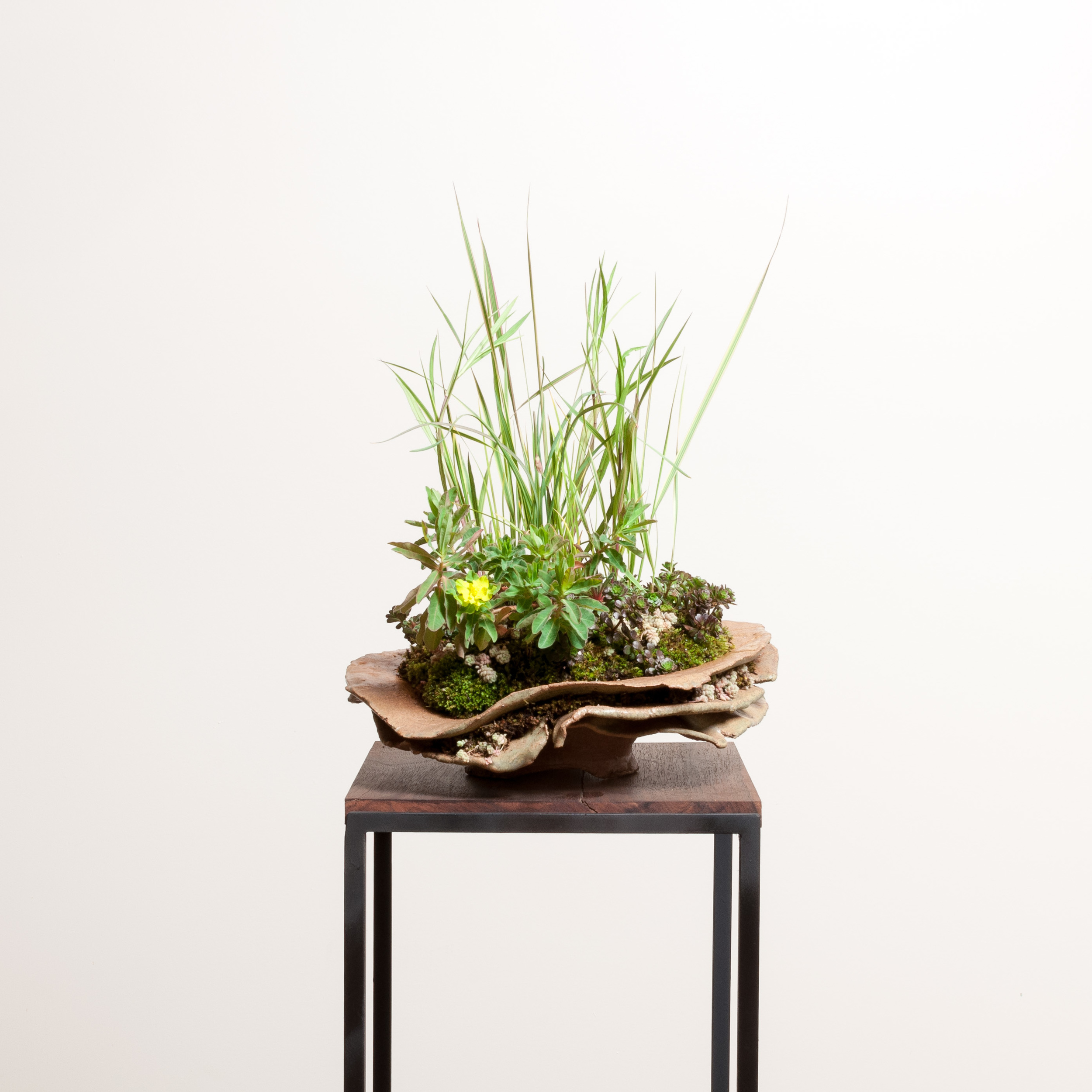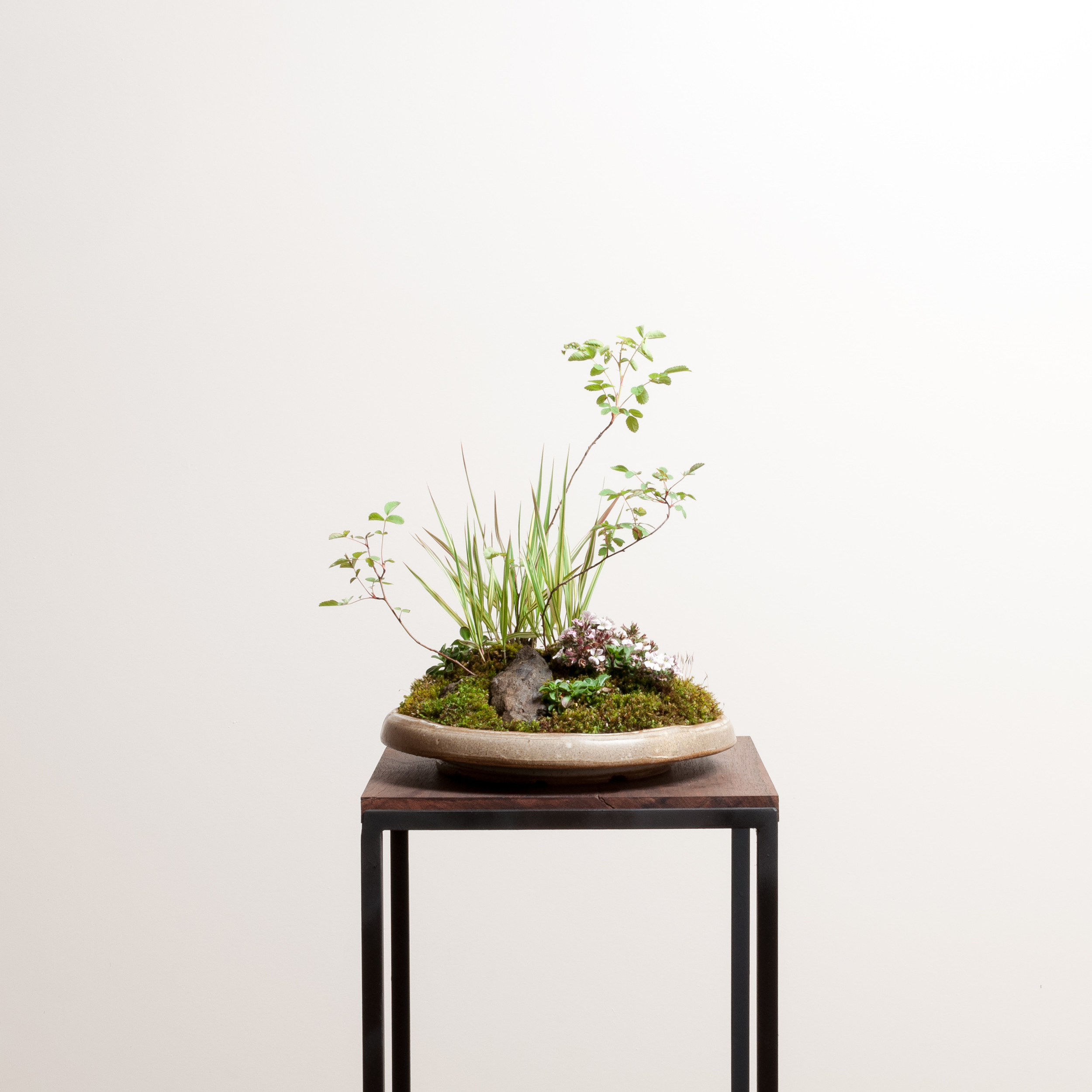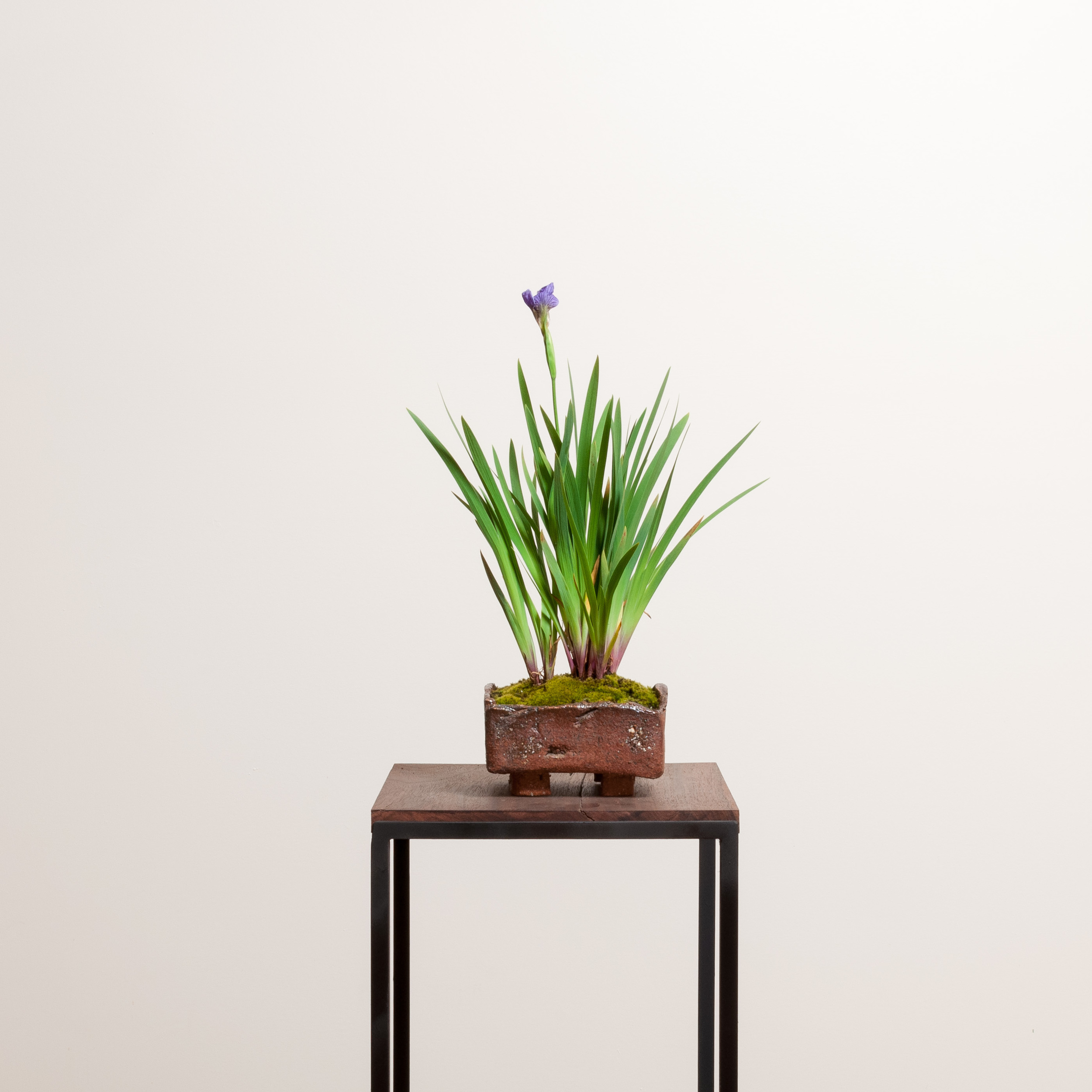Kusamono accent plantings by Young Choe
When we display bonsai, it is customary to also include companion elements. When you look at a bonsai display, the companion pieces should round out the display to form a complete impression of seasonality, environment, and culture. Commonly, the companion element is a planting of minor understory flora, often collected from the same area or region its accompanying bonsai originated from. You can imagine that it is winter or spring, or that you are in the woods, a meadow, a bog, or high in the mountains. Donor Kora Dalager has sponsored a $500 prize for the best companion plant in The Artisans Cup exhibition. She, along with Bill Valavanis (of Intl. Bonsai Arboretum) and Young Choe (a respected kusamono professional) will judge the companion plants and award the prize at the Awards Brunch Sunday, Sept. 27th.
Here’s a brief interview we had with Kora to hear about her background and why she’s so passionate about companion plants.
Name: Kora Dalager
Where are you from: Switzerland, emigrated to the US as a teenager, lived first East Coast, then Mid-west and now California
What is your experience with bonsai/companion plants:
I have been involved in bonsai for 30 years, first in San Diego and now in the Bay Area. I have gradually focused on companion plants, because I felt nobody was really teaching this subject. I was so often disillusioned at many bonsai shows, and often felt, that many companion pieces demeaned the tree, rather than elevate the display, nor complete the picture.The 3 most glaring defects have been: Too tall, too small, too big.
What inspired you to sponsor this award:
Just as judging trees, has a tendancy to improve an exhibition, so I felt, if we give a prise, then people would try harder.
What is the purpose of companion plantings?
Displaying a companion plant has evolved, just as bonsai has evolved. In the past, in Japan, some bonsai were displayed with plants that grow in the same environment as the yamadori. Gradually it became the common way to display bonsai at shows and in tokonomas. Now it has become standard, in most exhibitions mandatory.
Why do companion plantings elevate and accentuate the art form of bonsai?
When we display a bonsai, a companion plant should be able to complete a visual picture of nature. It can convey a mood, it should convey the season, it may convey a location.
What are the things you’ll be looking for in companion plants as you judge?
We will be looking at relevance in relation to the tree, proportion, seasonality, shape and size, and execution.
American bonsai is… dynamic & evolving.
What are you most looking forward to about The Artisans Cup?
I am looking forward to seeing some of the best and most interesting bonsai in the US!
